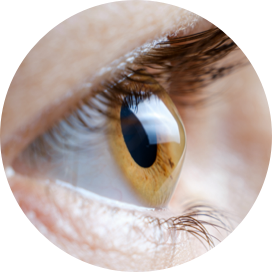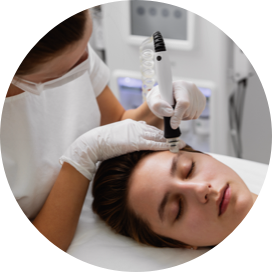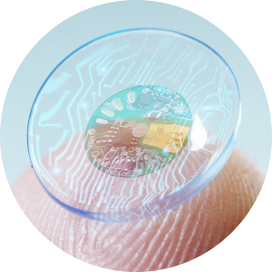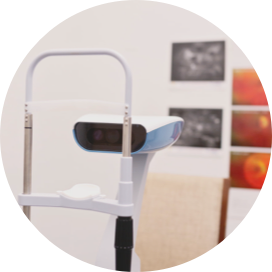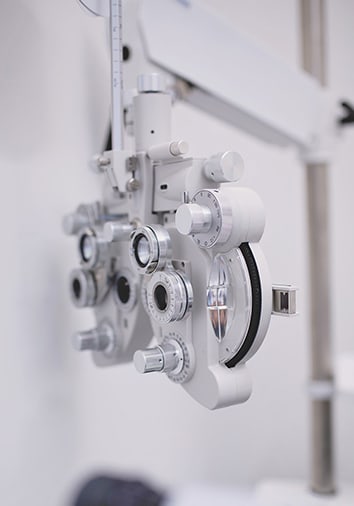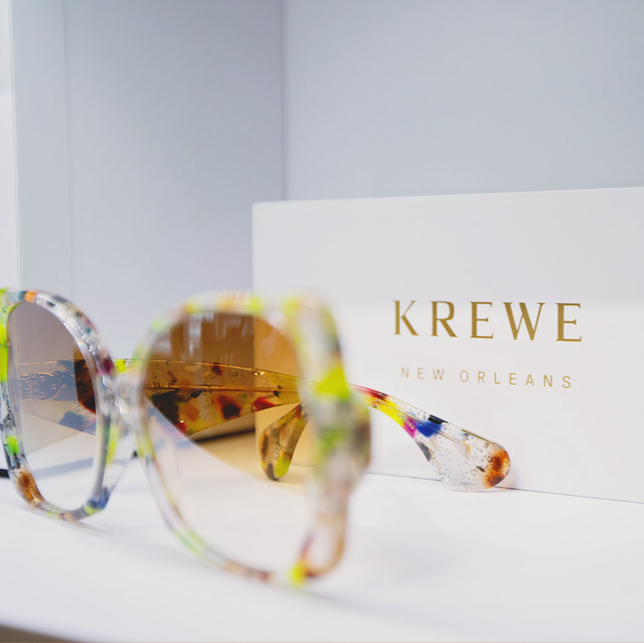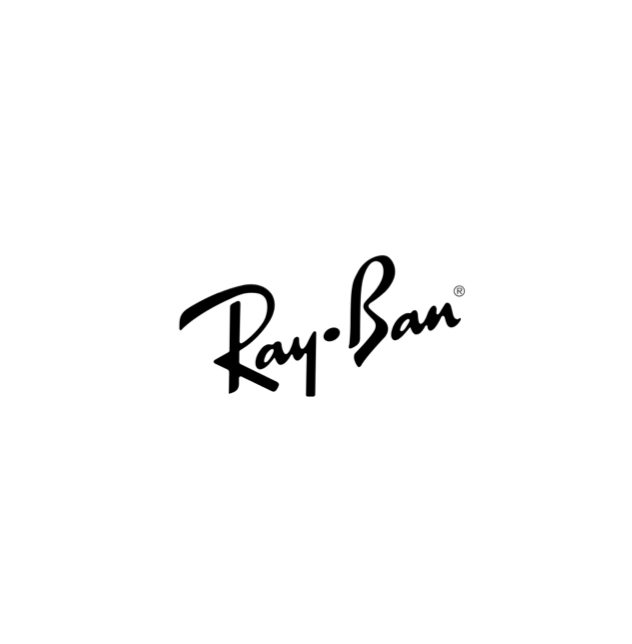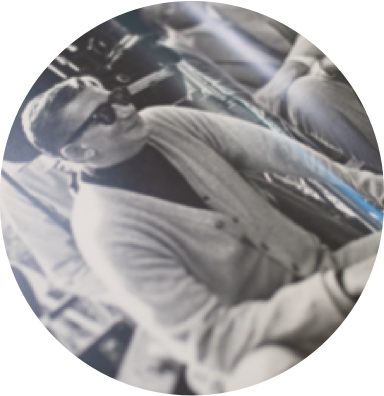Dry eyes can be an uncomfortable and sometimes painful condition. It may surprise you that contact lenses can sometimes exacerbate this issue. However, newer technologies have emerged in the contact lens industry that can help to alleviate discomfort and dryness and correct vision at the same time.
One such technology is daily contacts. Contact lenses that you replace daily can leave your eyes more comfortable. Deposits don’t build up, you don’t have to store them, and there’s less risk of them drying out.
Common Dry Eye Symptoms
Wearing contact lenses can worsen uncomfortable dry eye symptoms. Some of the most common include:
- Scratchy, gritty sensation
- Stinging or burning eyes
- Redness around the eye
- Sensitivity to light
- Mucus or discharge
- Watery eyes
- Blurry vision
Daily Contact Lenses for Dry Eye
Understanding what makes daily contacts different from more common monthly or bi-weekly contacts is important.
As the name suggests, daily contacts are disposable contacts meant to be worn only for a single day before being thrown away. This means that each day, you put in a fresh new pair of contacts.
On the other hand, monthly and bi-weekly contacts are designed to be worn for extended periods, up to a month, before they are replaced.
Some experts argue that daily contacts can help ease dry eye symptoms by reducing the build-up of debris and bacteria on the contact lenses.
Not all daily contact lenses will work for every person suffering from dry eyes, and it may require trying out several brands to find the most comfortable option for individual needs.
Other Contact Lens Features that Help Dry Eye
While daily disposable lenses can help support lubricated eyes, if you choose monthly lenses, some contact lens features can make dry eyes more comfortable.
- Soft lenses may be more comfortable than rigid gas permeable (RGP) lenses.
- Specialty scleral lenses can help seal in moisture.
- A low water content can help prevent the eye’s surface from losing moisture.
- Silicone hydrogel lenses are porous, allowing oxygen to pass through easily to nourish the eye.

Dry Eye Treatments
Several treatments can help manage dry eye and improve your quality of life.
Therapeutic Eye Drops
Eye drops are the most commonly prescribed treatment for dry eyes. These come in various types, ranging from over-the-counter (OTC) to prescription-based.
For mild symptoms, OTC eye drops containing artificial tears can help relieve the symptoms. However, patients with severe dry eyes will need prescription drops with medications that treat inflammation.
Furthermore, patients with dry eyes should avoid eye drops that contain preservatives, as these can irritate the eyes. A good option is to use single-dose units of preservative-free eye drops.
Eyelid Scrubs
An accumulation of bacteria and oil on the eyelids can cause inflammation, leading to blepharitis and dry eyes. An eyelid scrub can help remove the bacteria and oil on the eyelids, relieving the symptoms.
Eyelid scrubs come in different forms, such as wipes, foams, and sprays, all of which you can use at home. Your optometrist can also recommend and demonstrate how to use these effectively.
Punctal Plugs
Punctal plugs are tiny plugs inserted in the tear ducts to block the drainage of tears away from the eye surface. This increases the tear volume on the eye surface, reducing the likelihood of dry eyes.
Inserting punctal plugs is a simple and painless procedure typically performed in an optometrist’s clinic, and the plugs can be removed if required.
Lubricating Inserts
These come as gel-like or liquid products inserted in the lower eyelids to supplement the natural lubricants produced in the tears and relieve dry eyes. Talk to your optometrist for recommendations if they determine lubricating eye drops will work for you.
IPL OptiLight
Intense Pulsed Light (IPL) is a noninvasive procedure using light to improve the function of the meibomian glands, which produce the oil that lubricates the eyes. After a few sessions, patients report:
- Improved tear quality
- Reduced eye inflammation
- Restored meibomian gland function
- Reduced amount of Demodex mites
Find the Right Contact Lenses for Dry Eye
Overall, the choice between daily or monthly contacts for people with dry eyes is a personal decision that should be made with the advice of your optometrist at Daniel Island Eye Care. Daily contacts can offer relief to some individuals while not providing significant relief for others.
Several treatments can help manage dry eyes—schedule an appointment for an eye exam, and we’ll create an effective treatment plan for your specific case. And we have a range of contact lens styles to explore so you can find comfort in your vision correction.




